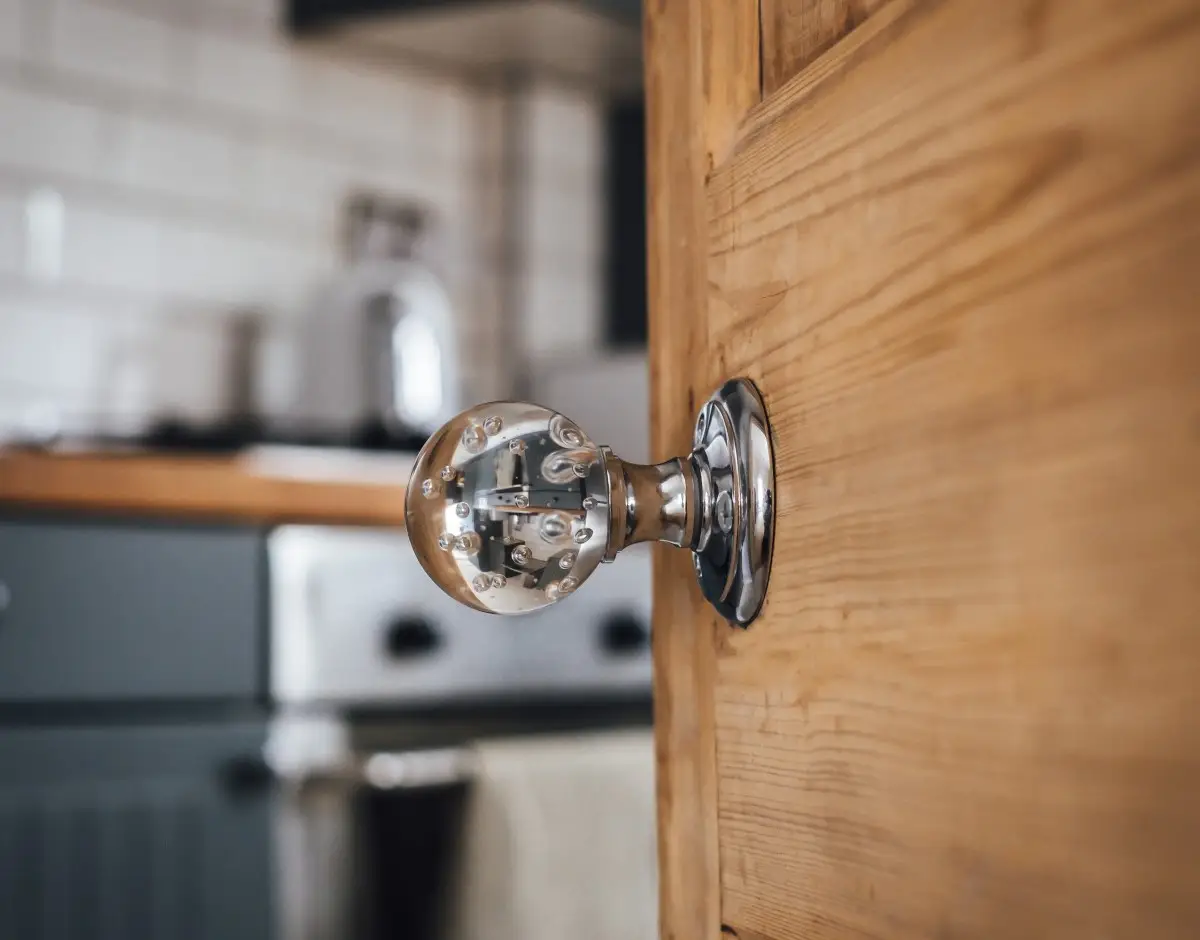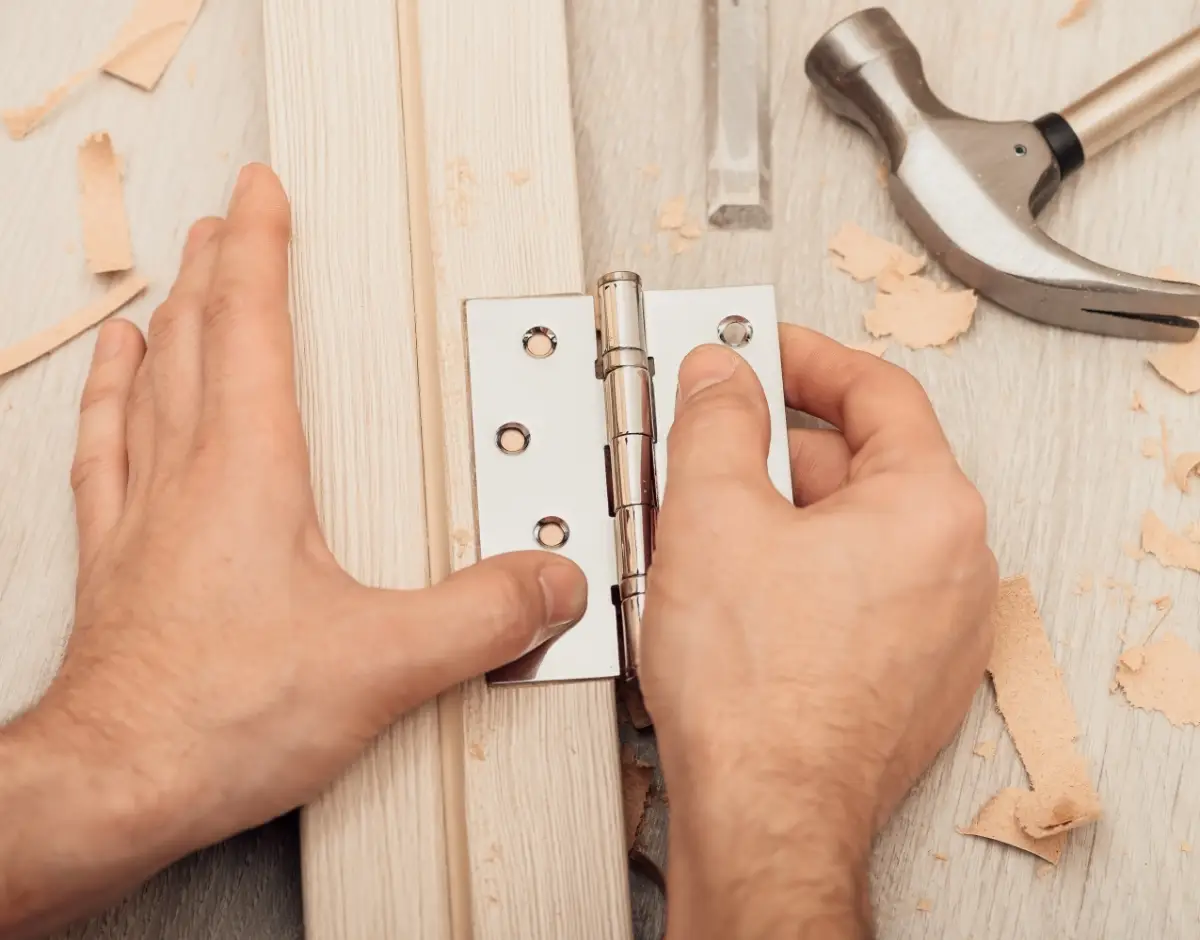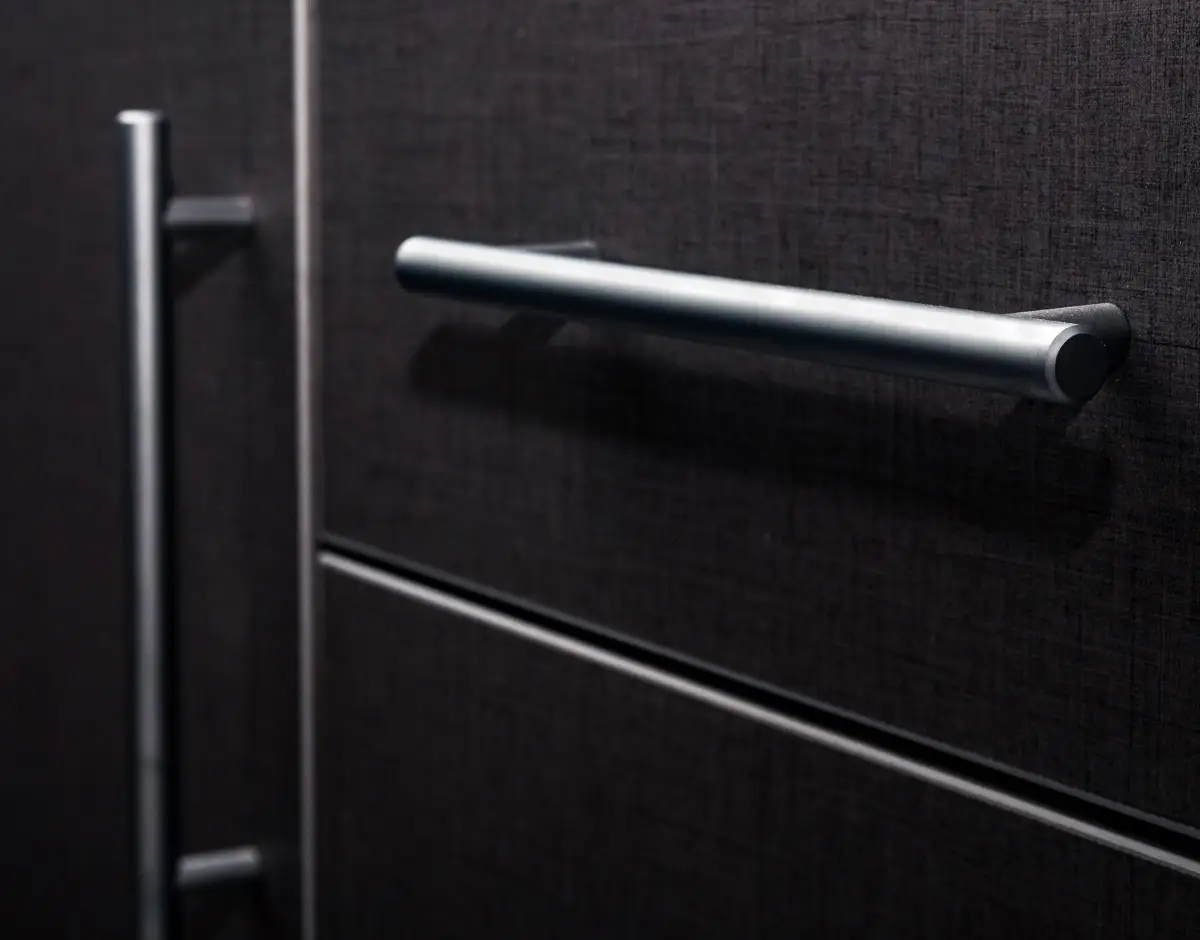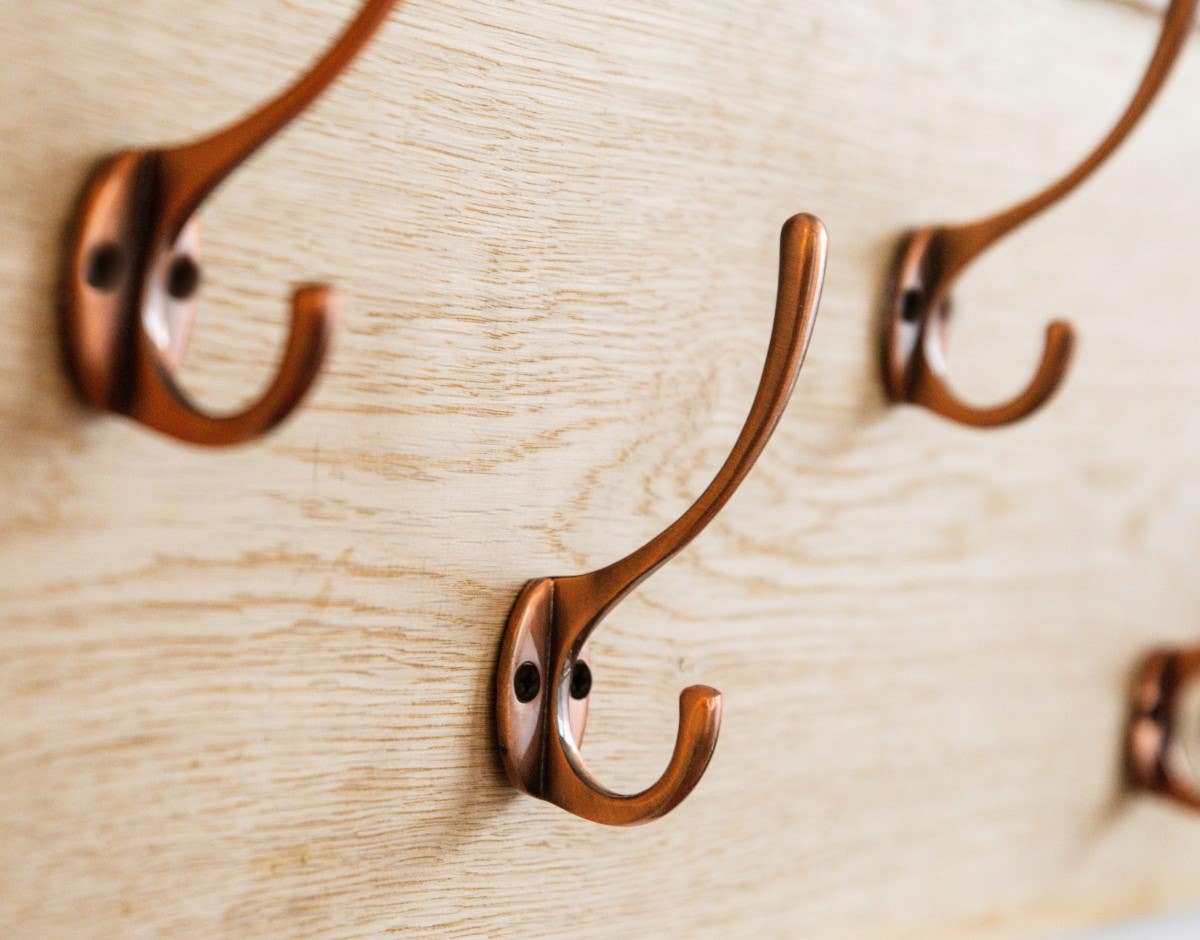How To Clean and Restore Rattan Garden Furniture
Article Topics:
-
What Exactly is Rattan Furniture?
-
Getting Ready for Summer
-
How to Clean Rattan Furniture
-
Restoring Rattan Wickerwork
-
At the End of Summer
Introduction
Rattan wicker is known for its traditional and contemporary visual appeal, lighter weight, and its durability. These characteristics make it a popular choice for furniture in outdoor spaces, whether that's garden furniture on the patio, decking or lawn, on a balcony or even in a rooftop space.

Inevitably, exposure to the elements gradually degrades rattan, especially during the winter months, even if it's stored in a shed or garage, or kept outside under cover.

In this article we'll look at how to clean your rattan furniture and how to restore damaged parts of the rattan wickerwork. This care and attention will help ensure a long lifespan for your rattan chairs and tables, so you can get the most out of your garden furniture for many summers to come.
Before we go any further, let's get the basics down with a simple definition.
What Exactly is Rattan Furniture?
Rattan is a type of climbing palm that grows in the tropical regions of Africa, Asia, and Australia. The outer skin of the rattan plant is stripped to obtain a flexible and tough material used in crafting furniture.
Rattan Wicker Furniture
Rattan as a woven material creates a form of wicker furniture. Other woven materials used for wicker furniture are natural reed, willow, bamboo, as well as plastic or synthetic fibre alternatives.
Typically, rattan is woven around sturdy furniture frames to create chairs, tables, sofas and other outdoor furniture pieces. The natural colour of rattan ranges from cream or beige for a lighter, airy feel, to dark brown for a warmer, earthier vibe. Synthetic, or poly rattan, is available in a variety of colours and looks.

Why is Rattan Outdoor Furniture Popular?
The classic rattan wicker look can be achieved by both natural rattan and poly rattan. Either way, rattan is durable and lighter weight, making it ideal for outdoor furniture. But although natural rattan is hardwearing, it can take more care than poly rattan to clean and maintain.
Rattan offers a popular alternative to wrought iron and wooden garden furniture, in a variety of styles and colours to fit any outdoor space. And it's lower maintenance compared with timber or metal garden furniture.

Getting Ready for Summer
When the warmer weather comes around and you begin to spruce up your outdoor spaces, you will probably find that your rattan furniture needs a little TLC. Whether you've stored your garden furniture or it's been left outdoors during the winter months, there will undoubtably be some maintenance needed.
That maintenance could be a simple but thorough brushing down, to a deeper clean of the rattan, to restoring gaps, cracked or broken strands. Let's start by looking at the best ways to clean rattan furniture.
How to Clean Rattan Garden Furniture
Brush Down
The first thing to do is remove cushions and any other fabric covering for full access to the rattan to remove loose dust and dirt from each of your furniture items. You can either use a soft bristle brush to work over your chairs and tables or, better still, use a handheld vacuum cleaner with a small brush attachment to really get into the weave.
Deeper Washing
If the rattan shows signs of stubborn stains, smells, mould or even green algae, then a deeper wash will be necessary. Warm soapy water, a stiffer brush, soft cloth and a bit of elbow grease will often be enough to give your rattan furniture a deeper clean. Or use a dedicated rattan spray cleaner.

Once you have finished cleaning, use a garden hose to rinse down your furniture and then wipe over with a clean cloth. Let each item stand to fully dry naturally.

Another way to deep clean rattan furniture is with a pressure washer. For best results use a low setting fan jet as it will be gentler on the rattan surface compared to a harder direct jet.
For extra cleaning power use your jet washer's soap attachment if it has one. A mild, universal detergent in the water jet will help the cleaning process by breaking down dirt and debris more easily. After jetting, clean furniture off with a damp cloth. Again, when cleaned, wipe your furniture down with a clean dry cloth and stand to dry completely.
When your garden furniture is clean and dry, take a closer look at the rattan weave surfaces for damaged that you would like to repair.
Restoring Rattan Wickerwork
While rattan is a great material for garden and outdoor furniture, with it being light weight, sturdy and attractive, the nature of any wicker material means that sooner or later it will need a little work to maintain its good looks as rattan strands shift, crack or are damaged.
As rattan furniture ages it will inevitably develop gaps or 'holes', and from time to time cracked or missing rattan strips will need replacing, especially after winter storage, whether in a shed or garage, or under cover on your lawn, patio or decking.

Poly Rattan
Poly rattan is tougher than natural rattan and will need less maintenance. However, it still may need some work from time to time, so it's worth checking. The main issues with poly rattan furniture are gaps appearing in the weave and loose ends.
Tighten Up Loose Ends
Loose or missing poly rattan strands can create gaps in the weave, sometimes big enough to look like holes. A straightforward way to remedy this is to take a flat head screwdriver or palette knife and ease loose strands back together to close gaps. See how it's done in this short video.

Replace Rattan Strands
To replace missing or damaged poly rattan strands, use scissors or clippers to snip out the strand that needs replacing. Cut a replacement strand to length — you can buy poly rattan in a variety of styles and colours.
Glue the new rattan strand into place at one end and then carefully work it into the weave. When the strand is in place, glue the other end to secure it and wait to dry. Super glue is ideal for this job as it's strong and dries quickly. This video will help visualise the repair process. Or for a deeper dive, see Jessica Welling's in-depth rattan repair article.
Natural Rattan
Replacing natural rattan can be a little trickier as the weave is often more complex than poly rattan. If your natural rattan garden furniture has damage it may be worth considering replacing the whole section. You can find replacement natural rattan strands as well as weaves and webbing on rolls.

At the End of Summer
A top tip for keeping your rattan garden furniture in great condition throughout the winter months is to ensure that it's clean before it goes into storage or is covered at the end of the summer season. This will help reduce moisture, cold and bio damage, and minimise necessary cleaning when spring comes around again.

Final Thoughts
Rattan outdoor furniture is great for enjoying your outdoor spaces at home, whether on the patio, decking, lawn or balcony.
As we've explored in this article, cleaning rattan furniture and keeping it in good condition will help ensure your outdoor chairs, sofas and tables remain in pristine condition and have a long lifespan. This will enable you to better enjoy the outdoors as an extension of your home living space during the warmer, sunnier weather.
Hopefully we've inspired you to give your outdoor rattan furniture some love. For more DIY ideas check out our blog which offers DIY inspiration articles as well as how-to guides on a range of topics, including how to restore wooden outdoor furniture and how to remove rust from iron garden furniture.
For the full range of home and garden hardware, including shed and gate ironmongery, visit Hiatt Hardware.






















